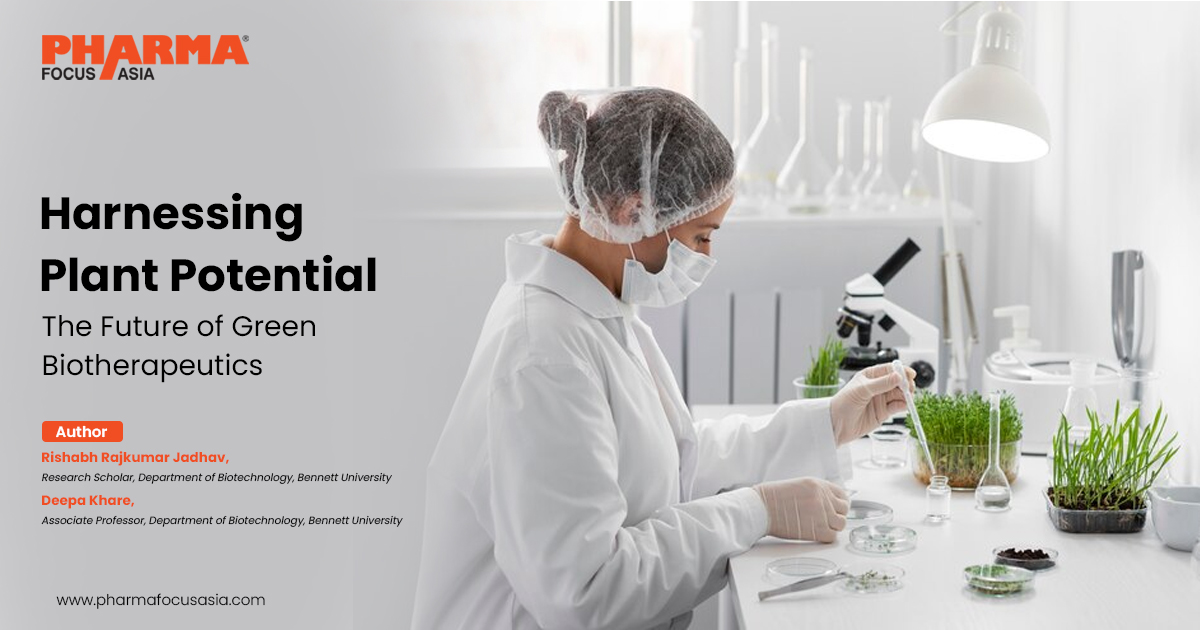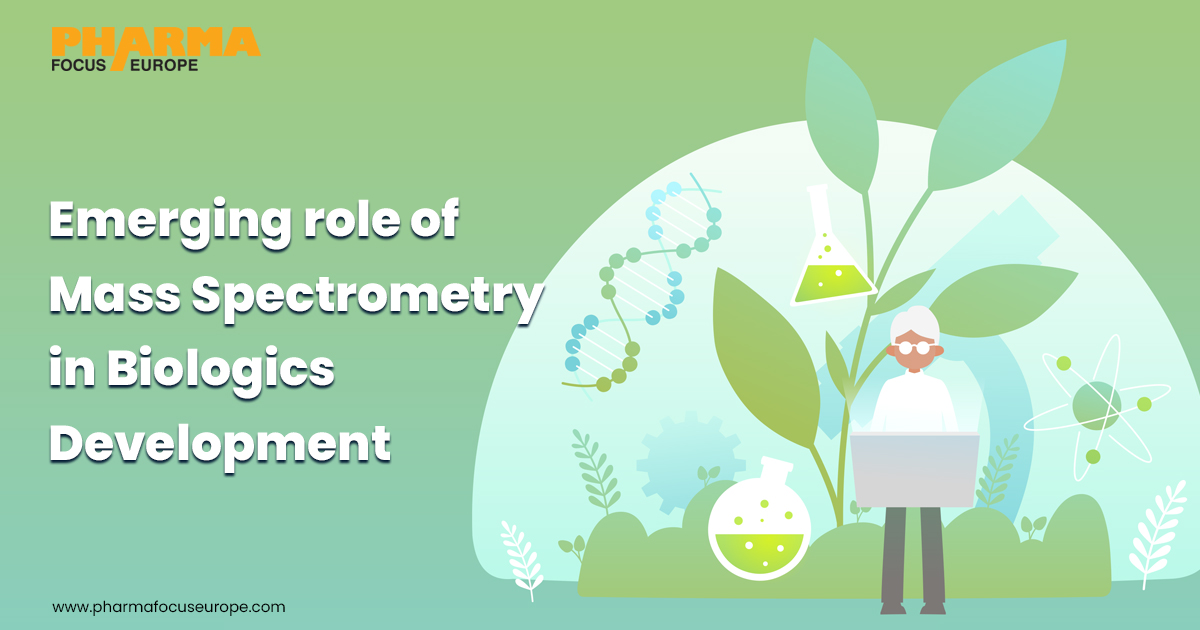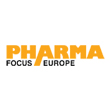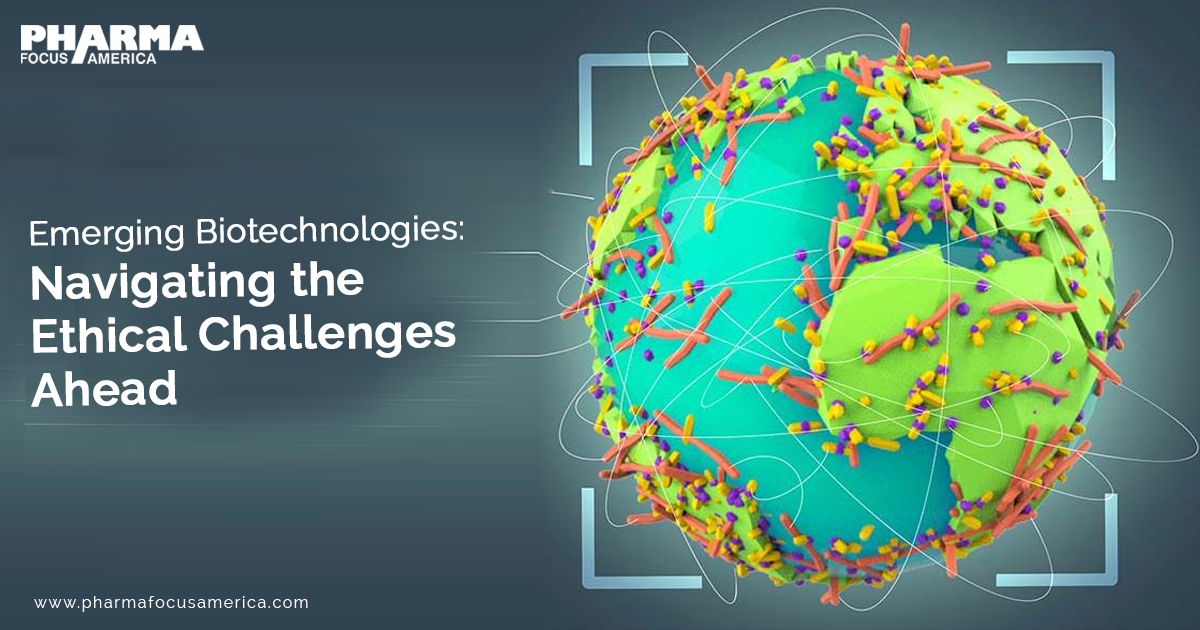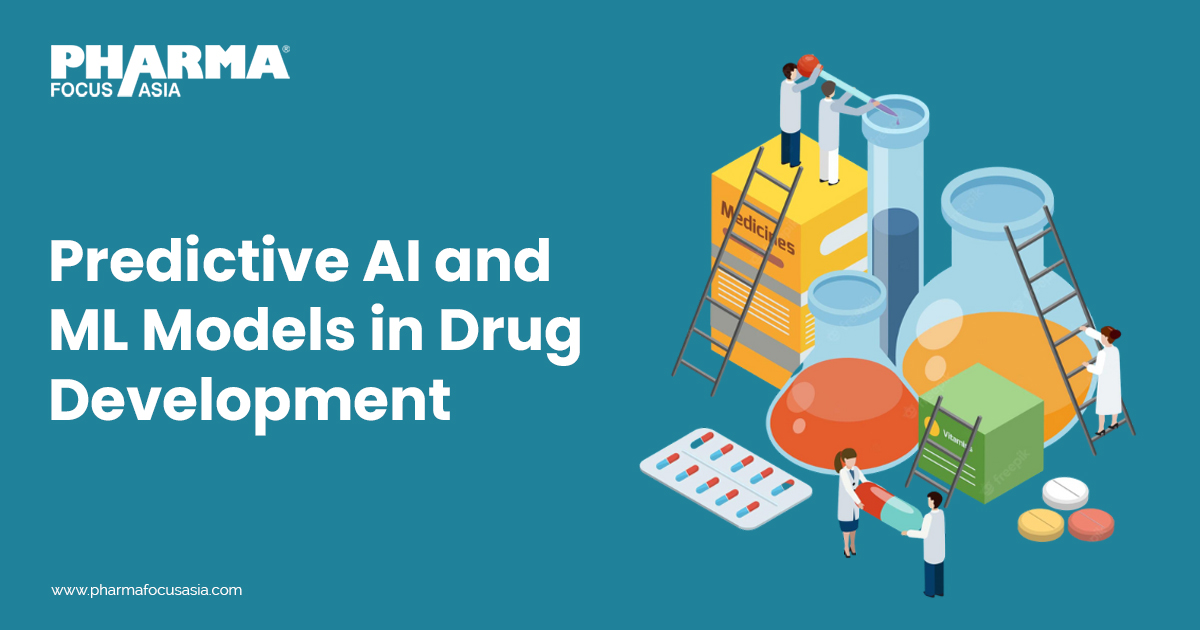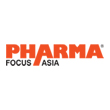 Custom SEO Strategy – Your Path to Page #1 Starts Here!
Custom SEO Strategy – Your Path to Page #1 Starts Here!
How AI is Transforming the Pharmaceutical Industry
Written by divyaochre » Updated on: June 17th, 2025

AI is transforming the pharmaceutical industry by streamlining and enhancing various aspects of drug discovery, development, regulatory, marketing and patient care. These advancements have a vast potential to revolutionize the pharmaceutical industry, leading to faster, more efficient drug discovery & development and improving patient management and outcomes. With so much hype around AI, it is important to be grounded by being cognizant of some actual use cases being implemented in big pharma. This article aims to highlight some real applications of AI being implemented and used within the pharma industry (Note: these stem from the author being directly involved in or leading these various AI driven projects and approaches)

Use case 1:
AI in Pharmacovigilance (Adverse Event Identification, Validation and Reporting):
Pharma companies are pivoting towards beyond the pill solutions by harnessing the broad capabilities of digital and data analytics to research, develop, and craft experiences in new ways across entire value chain. Some pharma companies are using digitally native solutions that integrate with consumer/clinician activities and workflows to improve potential adverse events detection, accelerating potential remediation and improved outcomes. Identifying and reporting AEs is an extremely labor intensive process for pharma companies requiring significant manual effort and is prone to errors. Enormous number of potential AEs are reported annually however only a small fraction of them (5-20%: source FDA MedWatch System) end up being actually confirmed post investigation as an AE and linked to the use of pharma companies’ drug. Each potential AE needs to be assessed and adjudicated carefully to assess if it’s a true AE or not. Therefore, it is a perfect use case for using the power of AI to automate the process and make it more efficient/less prone to errors.
Solutions out there include chatbots/ apps on social media and other channels which consumers/ clinicians can interact with directly, and report their potential AEs that are linked to use of pharma companies’ drugs. These inputs are assessed by AI algorithms to ascertain if the symptoms being experienced were indeed linked to the manufacturer’s drug or potentially something else. This assessment needs intricate algorithms and some manual involvement initially by the AE teams to validate what the AI is adjudicating is correct. The system/data from several AE adjudication cases feeds self-learning whereby the manual verification overrides the AI recommendation and eventually the AI is optimized by being trained on data that becomes more available over time. If classified as an AE, it is sent to the company's Drug Safety database and eventually reported to the FDA. Interestingly these clinician/patient facing chatbots can also be used in a compliant fashion to gather valuable patient/caregiver/HCP data that can inform commercial teams with several key metrics
Outcome: Using AI in AE identification, validation and reporting helps differentiate true AEs from potential AEs, filter out false positive AEs in a highly efficient fashion by reducing millions of dollars of overhead costs linked to manually performing these processes. It also helps leverage end user inputs for improved clinical and commercial insights generation, and enhanced overall consumer experience.
Use case 2:
AI in drug discovery:
AI-based drug discovery in oncology has made significant advancements in recent years, transforming the way new cancer treatments are being developed. Drug screening, repurposing and target identifications are three common use cases. One of them which the author intends to share here was the topic of his PhD dissertation- the use of in silico/ AI based drug design to characterize and find ligands binding to tumor suppressor protein p53, to characterize and find ligands binding to tumor suppressor protein p53, a pioneering approach which is now being followed by multiple pharma companies to identify oncology therapeutics, one of which is currently in Phase 2 trials and granted FDA Fast Track Designation. p53 is a key protein in cell cycle regulation, the defect in which causes unchecked growth of more 50% of cancers in humans. In many tumors, p53 is inactivated directly by destabilizing mutations. The aim of the project was to rescue the function of p53 by binding of small-molecule compounds. A lot of efforts have been made in past to target p53 however none have ended up in the clinic. The strategy used here was to screen and design compounds which could bind to cavities on the mutated p53 protein surface, and thus shift the folding-unfolding equilibrium toward the native folded state. It is a very elegant and unique mechanism of action whereby the aim is to re-activate a mutated protein, and thus very different to traditional mechanisms of blocking protein targets which is more or less the standard in the industry.

Discover more: https://www.pharmafocusamerica.com/information-technology/how-ai-is-transforming-the-pharmaceutical-industry
Note: IndiBlogHub features both user-submitted and editorial content. We do not verify third-party contributions. Read our Disclaimer and Privacy Policyfor details.
Copyright © 2019-2025 IndiBlogHub.com. All rights reserved. Hosted on DigitalOcean for fast, reliable performance.


